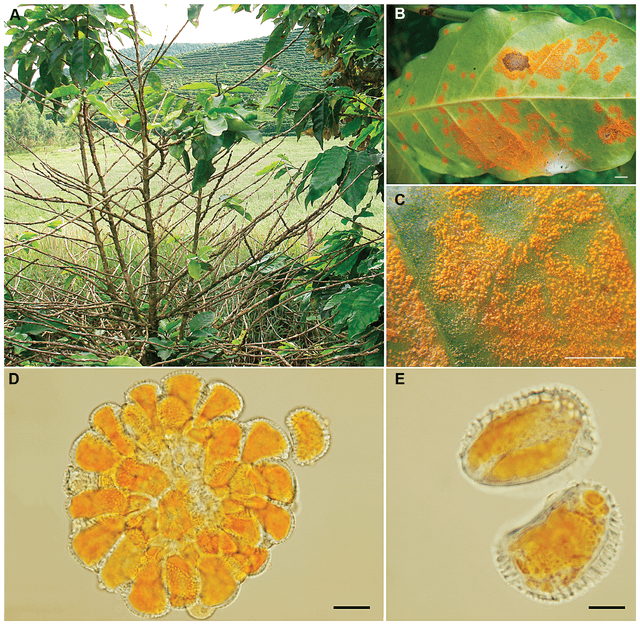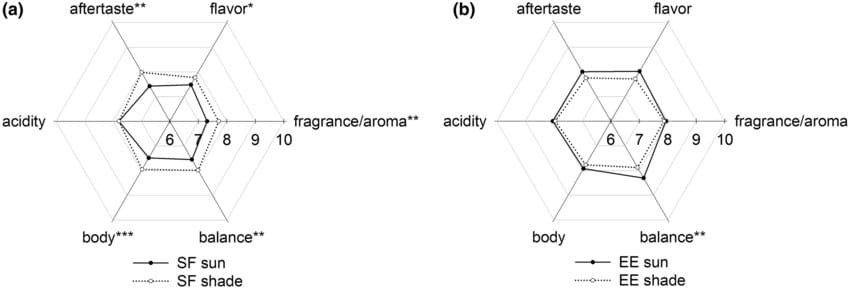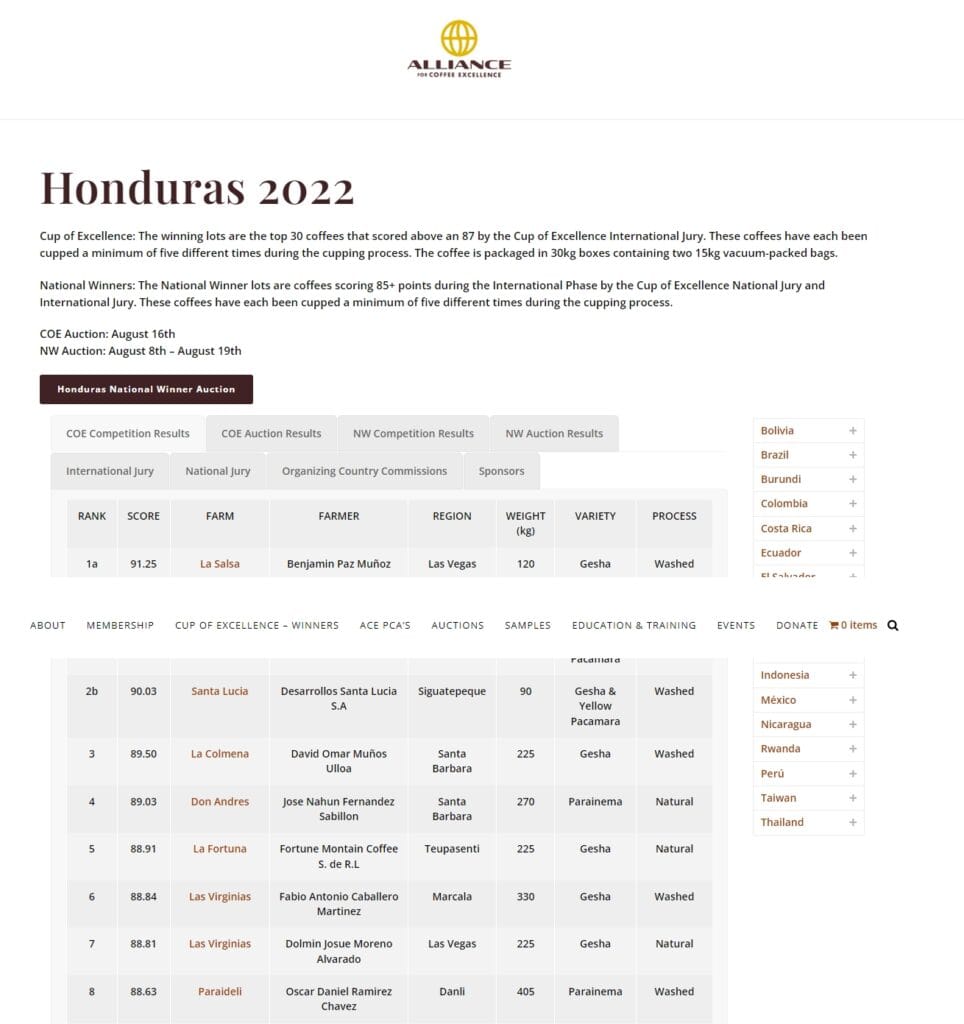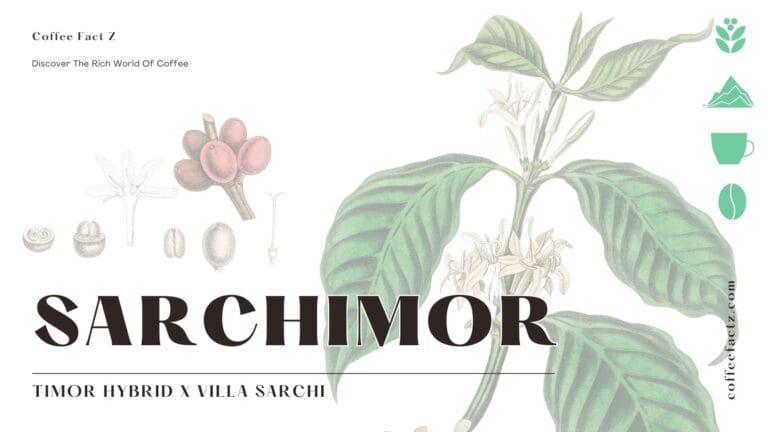What is Sarchimor?
It’s not a single coffee variety but a group of varieties with shared origins. It’s a hybrid of Timor Hybrid and Villa Sarchi (CIFC H 361: CIFC 971/10 Villa Sarchí x CIFC 832/2 Híbrido de Timor).

Like its cousin, Catimor, Sarchimor was developed to resist coffee leaf rust and provide high yields. Both varieties emerged as leaf rust became a growing concern in the Americas.
The Origins of Sarchimor
In 1955, Professor António Branquinho D’Oliveira established the Coffee Rust Research Center (CIFC). CIFC’s main goal was to study coffee leaf rust. They supported coffee research in Portuguese territories and coffee-producing countries, focusing on selecting rust-resistant plants and training scientists.
CIFC created an international research network of over 40 coffee-growing nations. This network focused on coffee leaf rust (Hemileia vastatrix) and, after 1989, coffee berry disease (Colletotrichum kahawae).
CIFC received Timor Hybrid (HDT) samples from East Timor. Some HDT samples, resistant to all known rust strains, became the source of resistance in breeding programs for varieties like Catimor and Sarchimor.
Commonly used HDT samples included CIFC HDT 832 (1957), CIFC HDT 1343 (1960), CIFC HDT 2570 (1968), and CIFC HDT 4106 (1971). HDT and its derivatives were provided free to coffee-producing nations. Over 90% of cultivated rust-resistant coffee varieties originated from CIFC research.
After initial trials in Brazil, CIFC sent hybrid 361 – H361 to field trials in several countries. Central American countries formed PROMECAFE in 1978 in response to the coffee leaf rust crisis.

In Central America, H361 went to CATIE in Costa Rica, where the resulting population was T5296. Breeding work on T5296, led by A.J. Bettencourt, resulted in varieties like Parainema (Honduras) and Cuscatleco (El Salvador). Similar selections in other regions led to Obata (Red), Tupi, and IAPAR 59 in Brazil and Limani in Puerto Rico.
Popular Varieties
- T5296: Central America, South America
- Parainema: Honduras
- Cuscatleco: El Salvador
- Marsellesa: Nicaragua
- Obata Rojo: Costa Rica, Brazil
- Monte Claro: Venezuela
- Limani: Puerto Rico, Brazil
- IAPAR59: Brazil
Benefits of Sarchimor
- High disease resistance, especially to Hemileia vastatrix.
- High genetic diversity.
- Adaptability to various environments.
- High yields.
- High quality with good flavor and color.
- Resistance to other diseases like corky-root and Fusarium oxysporum.
- Resistance to nematodes.
- The Sarchimor population represents a valuable gene pool for resistance to rust and other diseases.
Quality of Sarchimor Coffee
Like Catimor, Sarchimor’s quality is supported by research and recognized in the specialty coffee market.
A study confirmed Parainema as a “specialty” coffee:

In the 2022 Cup of Excellence Honduras, a naturally processed Parainema from Dos Andres farm ranked 4th with a score of 89.03. COE’s rigorous evaluation standards are unmatched.

Conclusion
Sarchimor offers a wide range of genes, grows well in different places, and can make high-quality coffee. Studies and awards show this. From Limani in Puerto Rico to Parainema in Honduras, Sarchimor is becoming more critical for coffee.
Have you tried any Sarchimor? What did you think?





